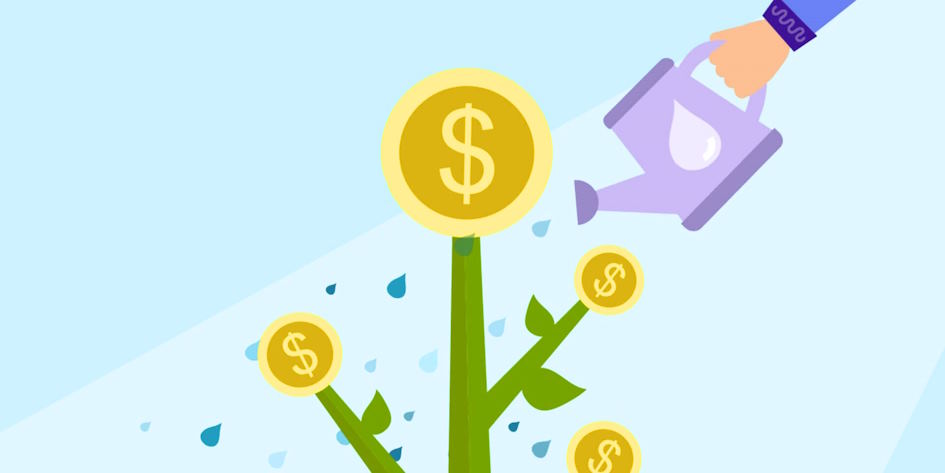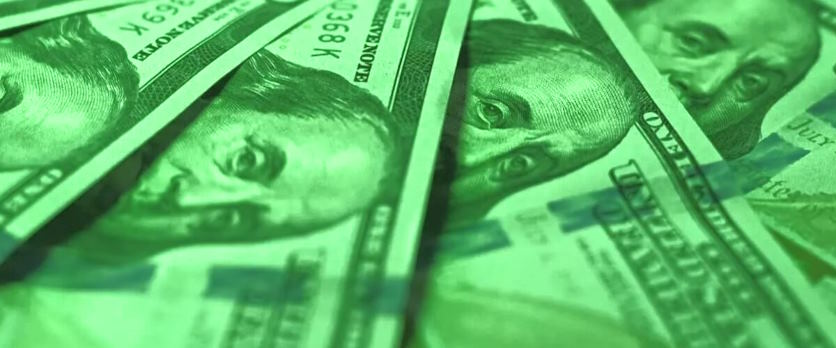Money is essential to our daily lives, playing a crucial role in economies worldwide. Its significance extends beyond our physical bills and coins, encompassing complex economic principles and historical evolution.
What is Money?
Money can be defined as a medium of exchange widely accepted in transactions involving goods, services, or the repayment of debts. It serves as a common measure of value, facilitating economic activities by simplifying the exchange process. Money comes in various forms, including physical currency, digital currencies, and even unconventional forms like shells or stones used by ancient societies.
Role of Money in the Economy
Money plays a pivotal role in the economy, serving as the lifeblood of financial systems. Its primary functions can be summarized as follows.
Medium of Exchange
Money acts as a medium through which goods and services can be traded. Instead of engaging in complex barter systems, individuals can use money as a universally accepted intermediary in transactions, simplifying trade and making economic interactions more efficient.
Unit of Account
Money provides a standard measure of value, allowing individuals to compare the worth of different goods and services. Prices are expressed in monetary terms, making it easier for consumers and businesses to assess the relative value of products and make informed decisions.

Store of Value
Money serves as a store of value, allowing individuals to save wealth for future use. Unlike perishable goods or assets with fluctuating value, money retains its general acceptability, making it a reliable form of storing and preserving wealth over time.
Exploring the History of Money
The evolution of money is a captivating journey that spans millennia. In primitive societies, barter systems were prevalent, but as communities grew and trade became more complex, the limitations of bartering became apparent. Various forms of money emerged to address these challenges.
Commodity Money
In ancient civilizations, commodities with intrinsic value, such as precious metals or agricultural products, were used as a medium of exchange. Examples include gold coins and cattle.
Representative Money
As societies advanced, representative money gained prominence. This currency was backed by a commodity (like gold or silver) and could be exchanged for that commodity upon demand. This system provided a more flexible and convenient way to conduct transactions.
Fiat Money
In the modern era, most economies use fiat money, which has no intrinsic value and is not backed by a physical commodity. Its value is derived from the trust and confidence people place in the government that issues it. Today, most global transactions occur electronically, emphasizing the shift from physical to digital forms of money.

